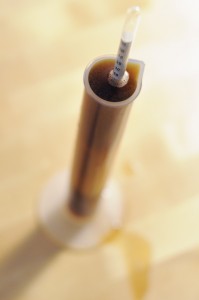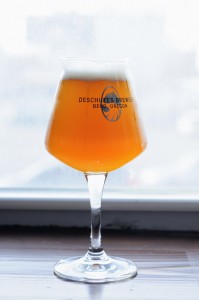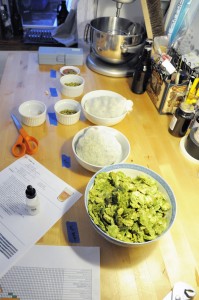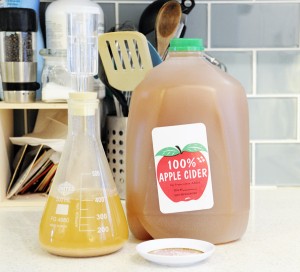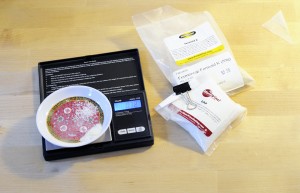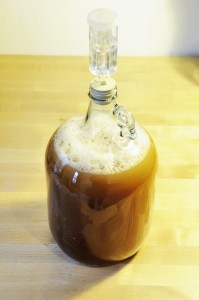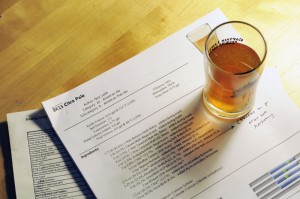 Update 3/25/14: Tasting and Review
Update 3/25/14: Tasting and Review
I have a bit of nostalgic love for the humble American Pale ale. I can only assume this sentiment is shared by a large number of craft beer drinkers that came of age during the beginning of the craft beer explosion we’re currently in the midst of. Experiencing the relative extremity of a beer like Sierra Nevada pale ale for the first time was somewhat shocking and admittedly, not instantly pleasurable. To my inexperienced palate, the beer was extremely bitter and intense, something radically different from the adjunct-laden lagers I cut my consumption teeth on. It took some time to acclimate, but since those early experiences with SNPA, I’ve rarely looked back.
Revisiting SNPA today makes me realize just how much my palate has changed. The transition my drinking habits have made towards bigger and bolder closely aligns with the shifts that we’ve seen within the APA category. SNPA would now barely register as a pale ale compared to the highly alcoholic hop bombs that are the most popular examples of the style today. My goal with this recipe is to capture the intense tropical and citrusy hop flavor and aromatics that today’s most popular APAs possess (Zombiedust comes to mind) while pairing down the alcohol to be more in-line with something like SNPA.
Citrillo Pale Ale Recipe
Size: 4.0 gal – My goal is to net 2.75 gallons into the fermenter after hop-related and equipment losses.
Efficiency: 68%
Attenuation: 78.0% (estimated)
Original Gravity: 1.056 SG
Terminal Gravity: 1.012 SG (estimated)
Color: 8.82 SRM
Alcohol: 5.76% ABV (estimated)
Bitterness: 4.5 IBU – Note, my software doesn’t take into account isomerization during the whirlpool where I am getting the majority of my bitterness.
Grist:
7.75 lb (81.6%) 2-Row Brewers Malt (Briess)
1 lb (10.5%) Vienna Malt (Weyermann)
6 oz (3.9%) 2-Row Caramel Malt 40L (Briess)
4 oz (2.6%) 2-Row Caramel Malt 10L (Briess)
2 oz (1.3%) Acidulated Malt (Weyermann) – Used for pH Adjustment
Hopping:
2 g Citra™ (13.7% AA) – 60 m
2.75 oz Citra™ (13.7% AA) – Whirlpool 20m
1.25 oz Amarillo® (8.7% AA) – Whirlpool 20m
3 oz Amarillo® (8.5% AA) – Hop back. Unfortunately, my hop back broke during the brew day. In lieu of the hop back addition, I ended up adding the hop back hops to my kettle with 5 minutes left in the whirlpool.
1.5 oz Citra™ (13.7% AA) – Dry Hop 3 Days
0.75 oz Amarillo® (8.5% AA) – Dry Hop 3 Days
Kettle Additions:
0.5 ea Whirlfloc Tablet – 15 m
0.5 tsp Wyeast Nutrient – 10 m
Yeast:
WYeast 1056 American Ale™ (1 very fresh packet)
Mash Regiment:
Saccharification Rest – 154 °F – 60m
Mashout – 168 °F – 5m
Fermentation:
1. Chill to 60°F and let rise to 64°F. Hold until activity begins to slow.
2. Raise temp to 70°F until all activity is complete.
3. Dry hop at room temp (74°F or so)
4. Crash to 32°F 2 days then package.

